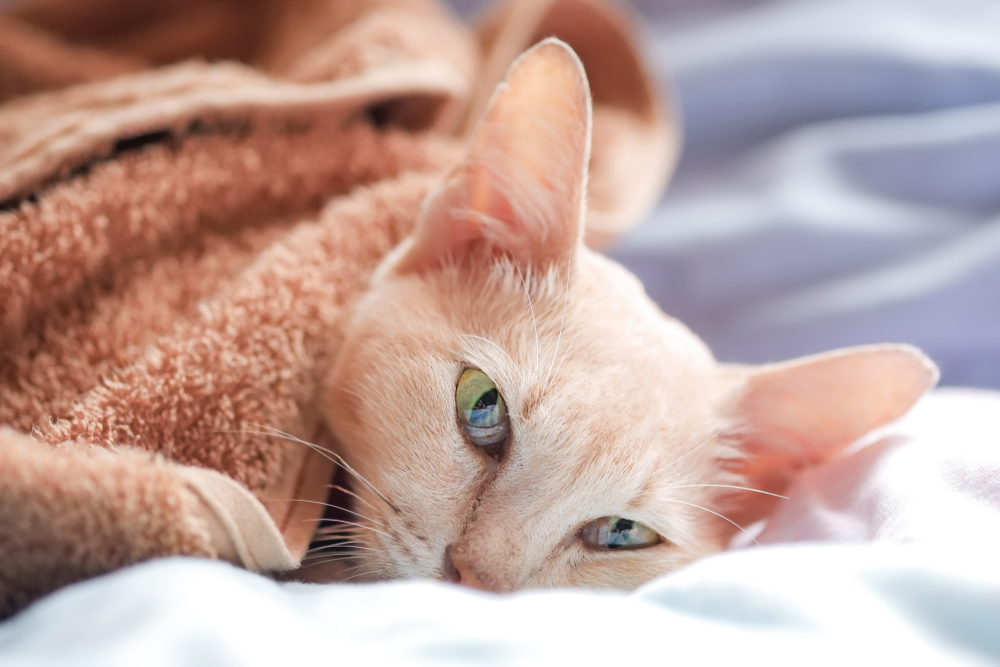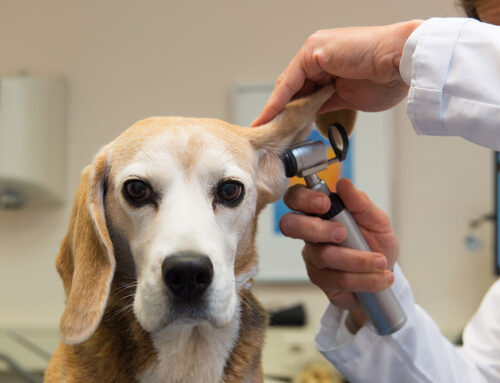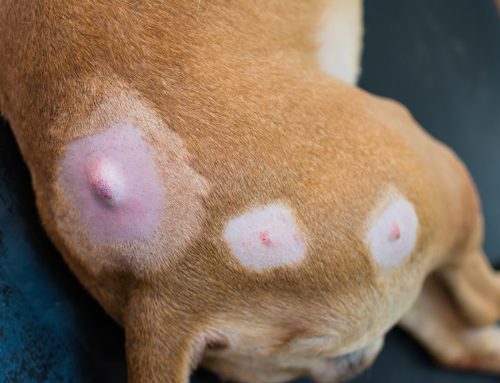Cat rescuers are all too familiar with the classic signs of a cat with a chronic respiratory infection. Perhaps you’ve adopted a kitten from an animal shelter and they have always had a low-grade case of the sniffles that flares up from time to time. Feline infectious respiratory diseases are highly contagious and can spread through a cat population like wildfire. When cats are housed close together, such as in an animal shelter, infectious respiratory diseases can leap from cat to cat, potentially causing lifelong illness. However, if you adopt a cat from an animal shelter or take in a stray kitten who has a chronic respiratory illness, the condition can be successfully managed to keep your cat happy and healthy. To help you learn more about some of the most common feline infectious respiratory diseases, our Palm City Animal Medical Center team outlines the key facts.
Feline viral rhinotracheitis
Feline viral rhinotracheitis (FVR), or feline herpesvirus type 1, is responsible for most of the acute upper respiratory infections in cats. FVR signs can include:
- Fever
- Frequent sneezing
- Conjunctivitis
- Rhinitis
- Salivation because of oral ulceration
- Nasal and ocular discharge
As FVR progresses, oral and nasal ulcers can develop, making eating or breathing painful and difficult for your cat. Discharge from the eyes and nose thickens and can seal shut eyes and nostrils, so frequent cleaning is necessary. Signs may persist for 5 to 10 days in mild cases, but can last as long as six weeks, especially if the disease is complicated by a secondary bacterial infection.
After recovering from the initial illness, cats can develop a lifelong latent infection, shedding the virus during times of stress. However, an FVR vaccination is available that can help reduce future illness signs, whether or not the vaccination series is started after the initial infection has occurred. Ideally, all kittens should be serially vaccinated to ensure adequate protection as their maternal antibodies decline.
Feline calicivirus
Feline calicivirus (FCV) infection is also highly prevalent in the feline population, with more than 40 FCV strains identified. FCV infection signs include:
- Sneezing
- Oral and nasal ulceration
- Fever
- Inappetence
- Lethargy
- Conjunctivitis
FCV is well-known for causing painful oral lesions, and an affected cat may require a feeding tube to ensure they receive nutrition until the ulcers heal, usually in two to three days. Secondary bacterial infections that may lead to pneumonia are common with FCV. FCV-infected kittens with a secondary infection can quickly succumb to a fatal illness, so appropriate vaccination is crucial to protect cats of all ages from disease.
Chlamydia felis
Chlamydia felis, a gram-negative bacterium, is a minor cause in the spectrum of feline infectious respiratory diseases. Most commonly, C. felis infections lead to conjunctivitis and a thick, mucoid ocular discharge, but they can also cause sneezing and nasal discharge. Once infected, a cat can become a chronic carrier, occasionally shedding the bacteria to infect other cats, and people.
Bordetella bronchiseptica
Bordetella bronchiseptica, a gram-negative bacterium that exists as part of the normal respiratory flora of many cats and dogs, can cause severe disease, especially when combined with another respiratory illness. Bordetella infection signs in cats include:
- Cough
- Ocular and nasal discharge
- Pneumonia
A Bordetella infection can be fatal in kittens or geriatric cats who also have another respiratory disease, but rarely occurs as a single disease in healthy, adult cats.
How are feline infectious respiratory diseases transmitted?

Feline infectious respiratory diseases, whether viral or bacterial, are most often transmitted through direct cat-to-cat contact with infected nasal, ocular, or oral secretions. They are also transmitted through indirect contact with contaminated sources, such as dishes and people. If you’re around a sick cat, take great care to avoid carrying the disease home to your own cat. Wash your hands thoroughly and change your clothes, ensuring your cat cannot sniff them before they’re washed. Fortunately, these diseases are easily killed with common disinfectants or bleach solutions.
Does your cat’s sniffling and sneezing seem to flare up on occasion? They may be suffering from a low-grade infectious respiratory disease. Get to the root of your pet’s issue by scheduling an appointment with our Palm City Animal Medical Center team—give us a call.








Leave A Comment